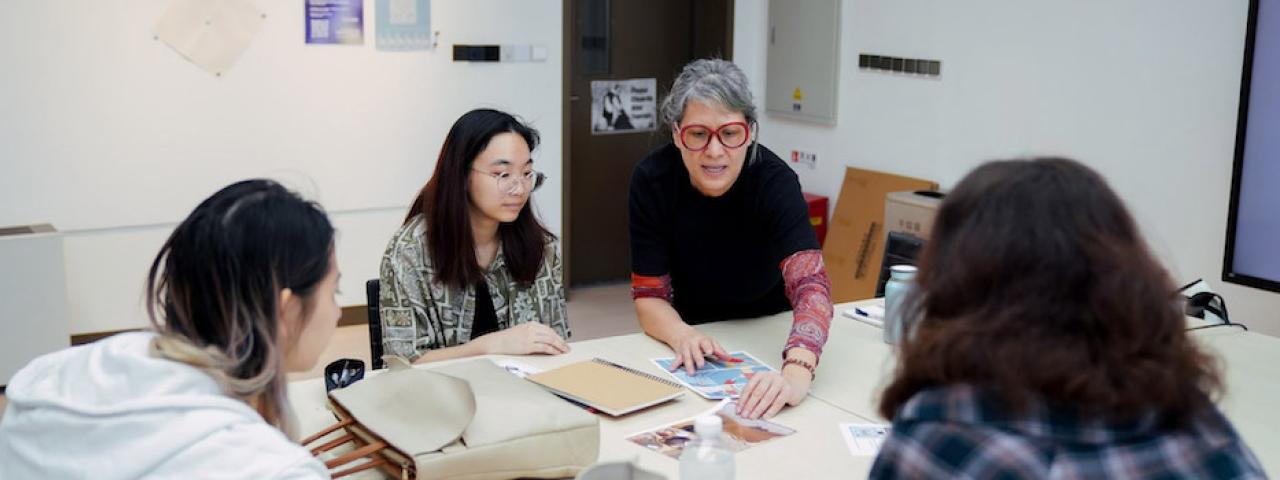
Instructor: Monika Lin, Assistant Arts Professor of Visual Arts
Creative Writing Minor/IMA Elective
The Lowdown: Sign up for this class if you want to learn to how to tell a personal story through image and text in comic form. Students must have completed one Visual Arts course (from a list of acceptable prerequisites) and/or any Creative Writing course.
From the Syllabus: “The Graphic Novel or the long-form comic is a sequential art that occupies a unique place in storytelling. As a medium, graphic novels have the ability to tell a variety of stories across a wide spectrum of genres (fiction, literary non-fiction, auto-biography, journalism) and speak to diverse audiences with impact and immediacy.”
What to Expect: “The Graphic Novel” is a Praxis course that guides students through the making of a short graphic story. Students learn the elements of creating a visual sequential narrative, plot, and character development, while at the same time study a range of graphic novels to learn how to read and analyze the art form. Students must complete regular text and visual diary entries. During the class, students must complete a 16-page graphic novel, along with a text version of the story and an artist statement.
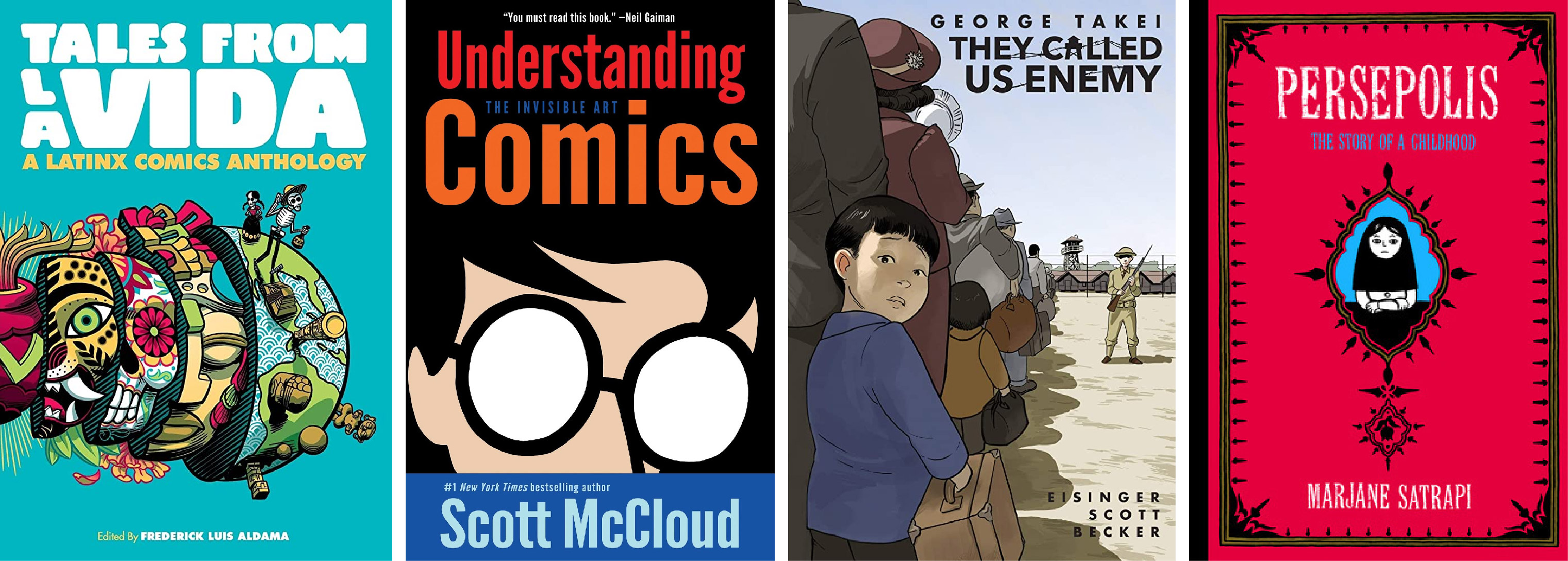
Selected Reading List:
Scott McCloud, Understanding Comics: The Invisible Art
Frederick Luis Aldama, Tales from La Vida, A Latinx Comics Anthology
Marjane Satrapi, Persepolis: The Story of a Childhood
George Takei, They Called Us Enemy
About the Instructor: Monika Lin holds an MA in Interactive Media Arts from NYU, an MFA in Art Practice from the School of Visual Arts in New York City and a BFA from Mills College in Oakland, California. At NYU Shanghai she teaches theoretical as well as more hands-on visual art courses.
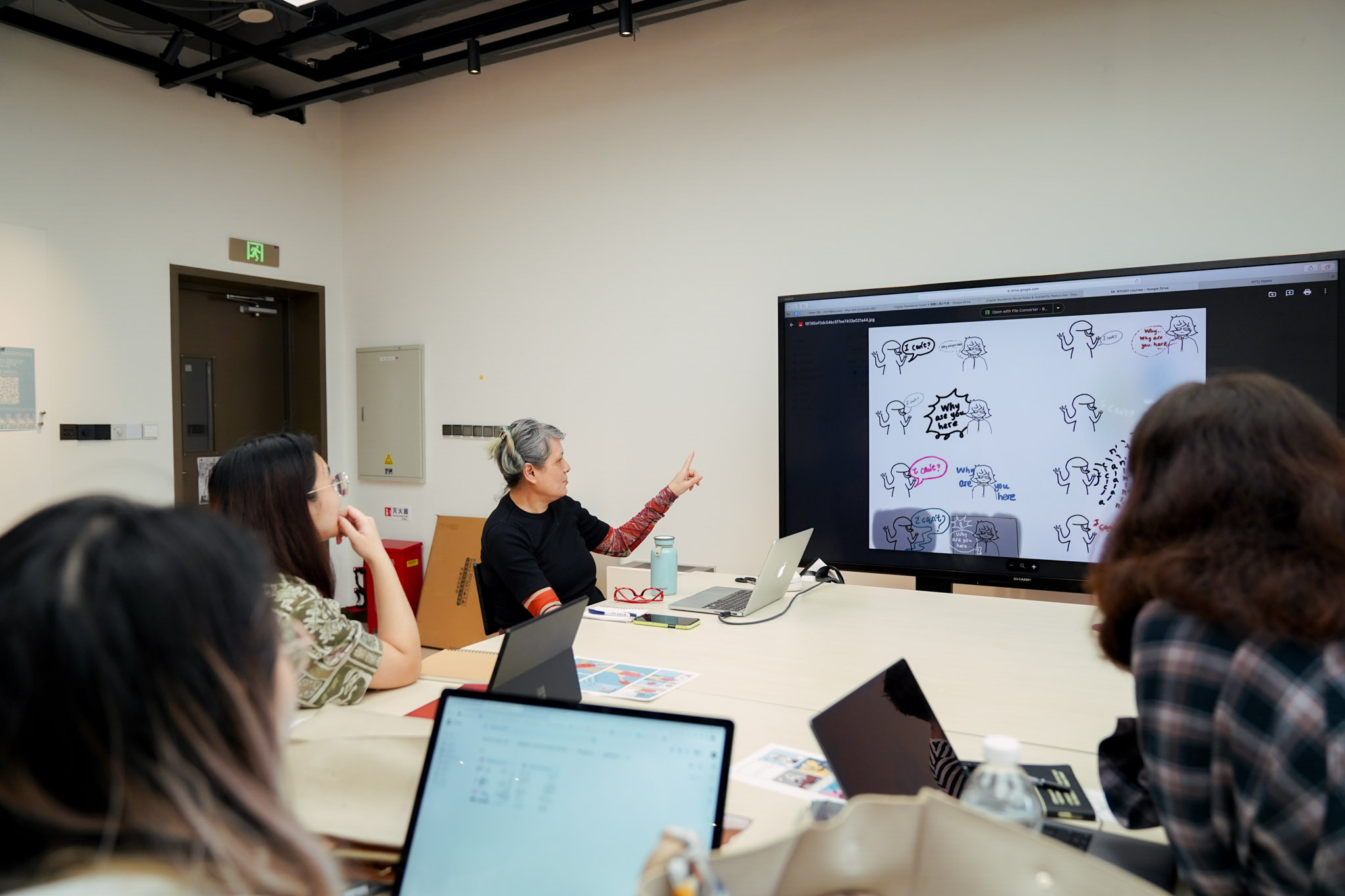
Professor Lin and her students discuss an assignment.
Professor Lin Says:
“I love graphic novels. I love graphic stories and I make them, I just haven't ever published them because they tend to be really, really personal. I wanted to bring that to students– that a personal story is deepened by an investigation into some of the adjacent narratives that obviously influence it and are embedded in their own subjectivity.
It’s really important to be able to add to this ongoing archive that I've developed with students over the years, of different forms and aesthetics. I would like for them to take away that they have the ability to make things with their hands, that they have the ability to make decisions about what images go with what kind of text and what that together might make– and how to read and analyze that.
[I hope that the students will become] more aware, hopefully to what the subliminal messages or what the combined messaging might be…and not just in the arts. [For example,] walking down the street, [seeing] a billboard –that they're more aware of how images and texts together are used and what the messages, not the overt, but the underlying messaging might be.
I do hope that they take away from it a deeper sense of themselves, in a way that they have been able to spend an entire semester thinking about something that they want to think about that is absolutely personal, even if it is not directly about themselves. That’s not something you often get a chance to do.”
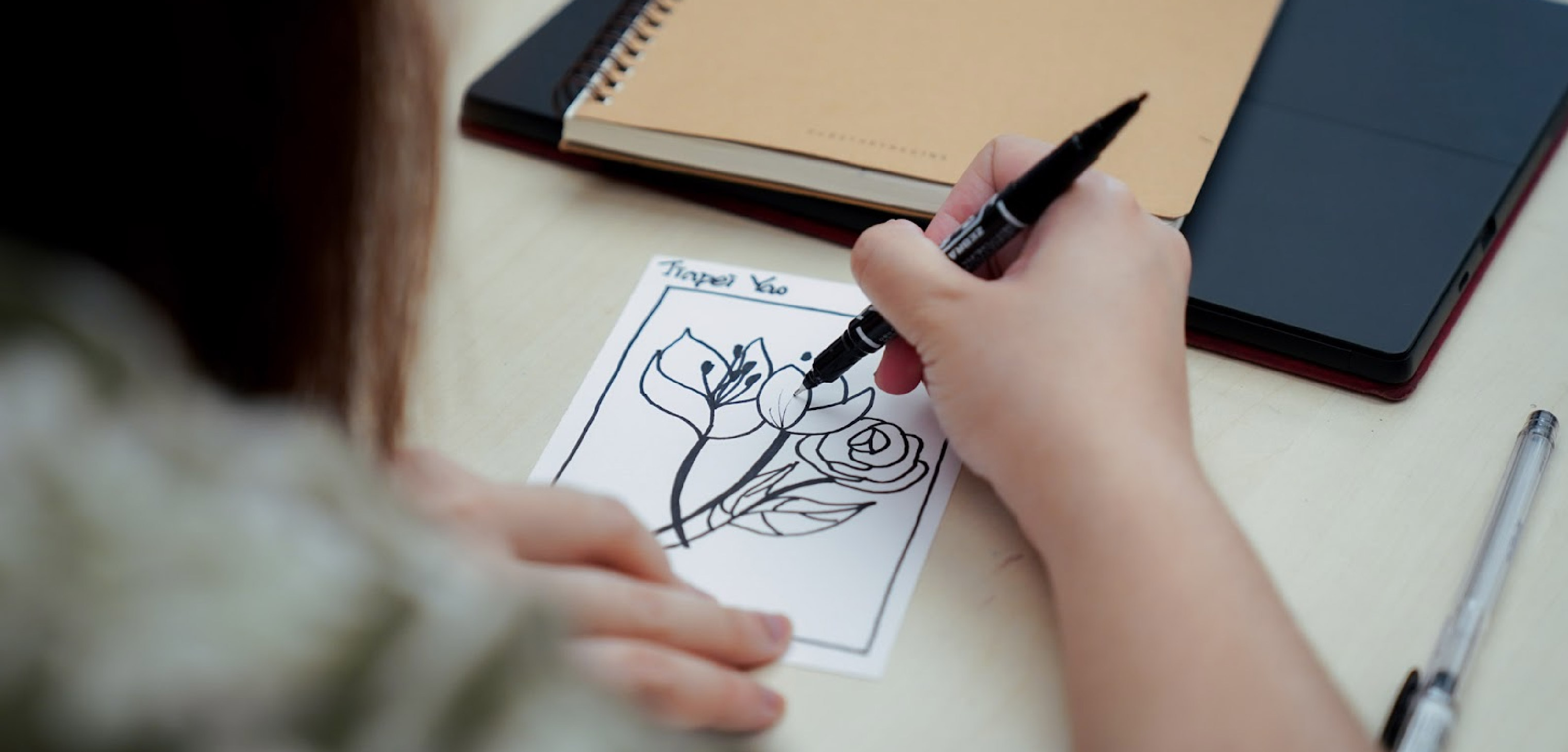
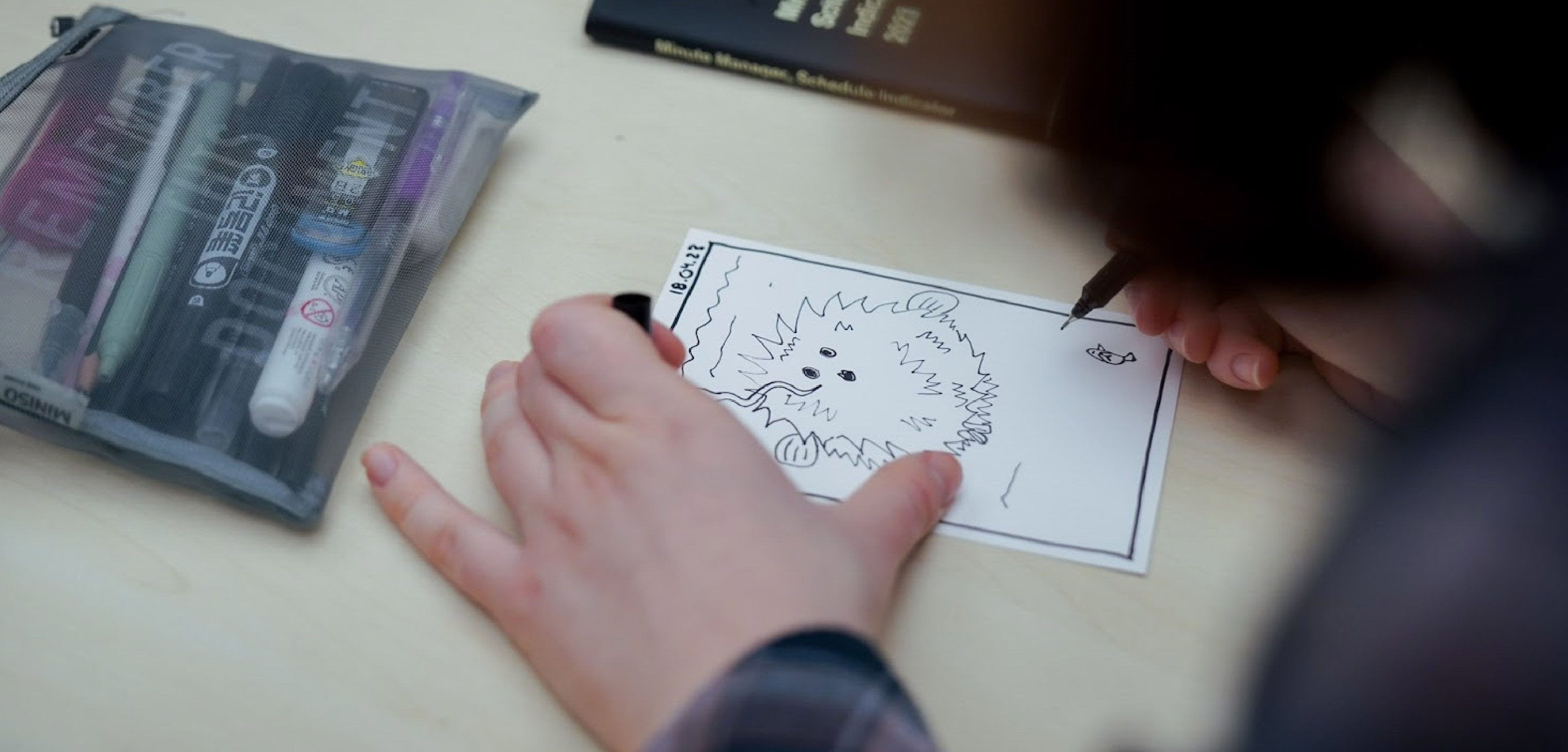
What the Students Say:
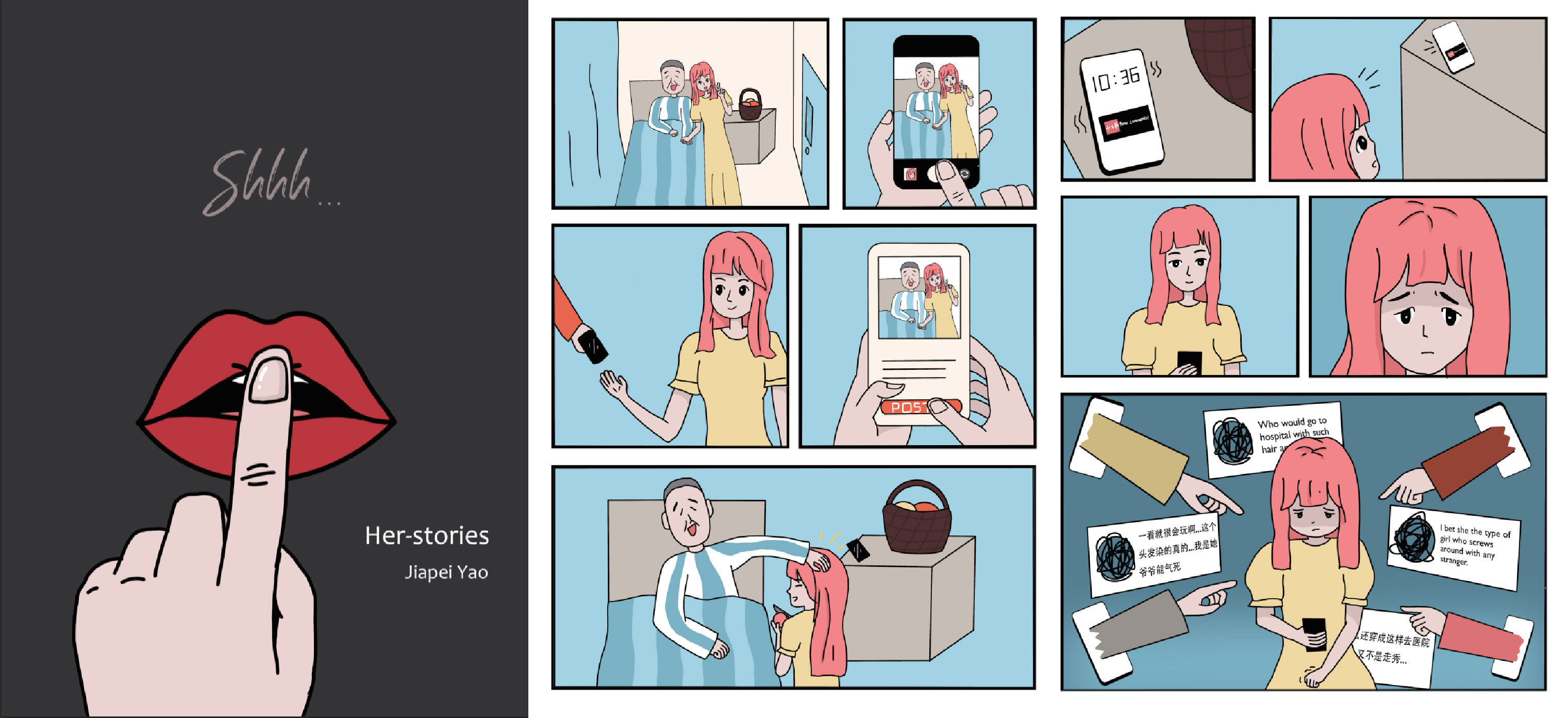
“The knowledge of critically analyzing a graphic novel both formally and iconographically ultimately empowers us to develop our own graphic novel. I feel very rewarded and proud to complete my own graphic novel and see it printed out thanks to all the daily diaries, readings, and other drawing and writing exercises throughout the semester. [Professor Lin’s] classes, no matter if it's a more practical kind of course (like this one and the printmaking class) or a more theoretical one (such as What is Art), [all have] very good balance in art-creating skill sets, the way to critically analyze related artworks or art practices, and methods to express the analysis both verbally and in writings. She also gives very provocative and useful feedback in improving the works, from which I learned a lot.”
- Jiapei Yao ’24
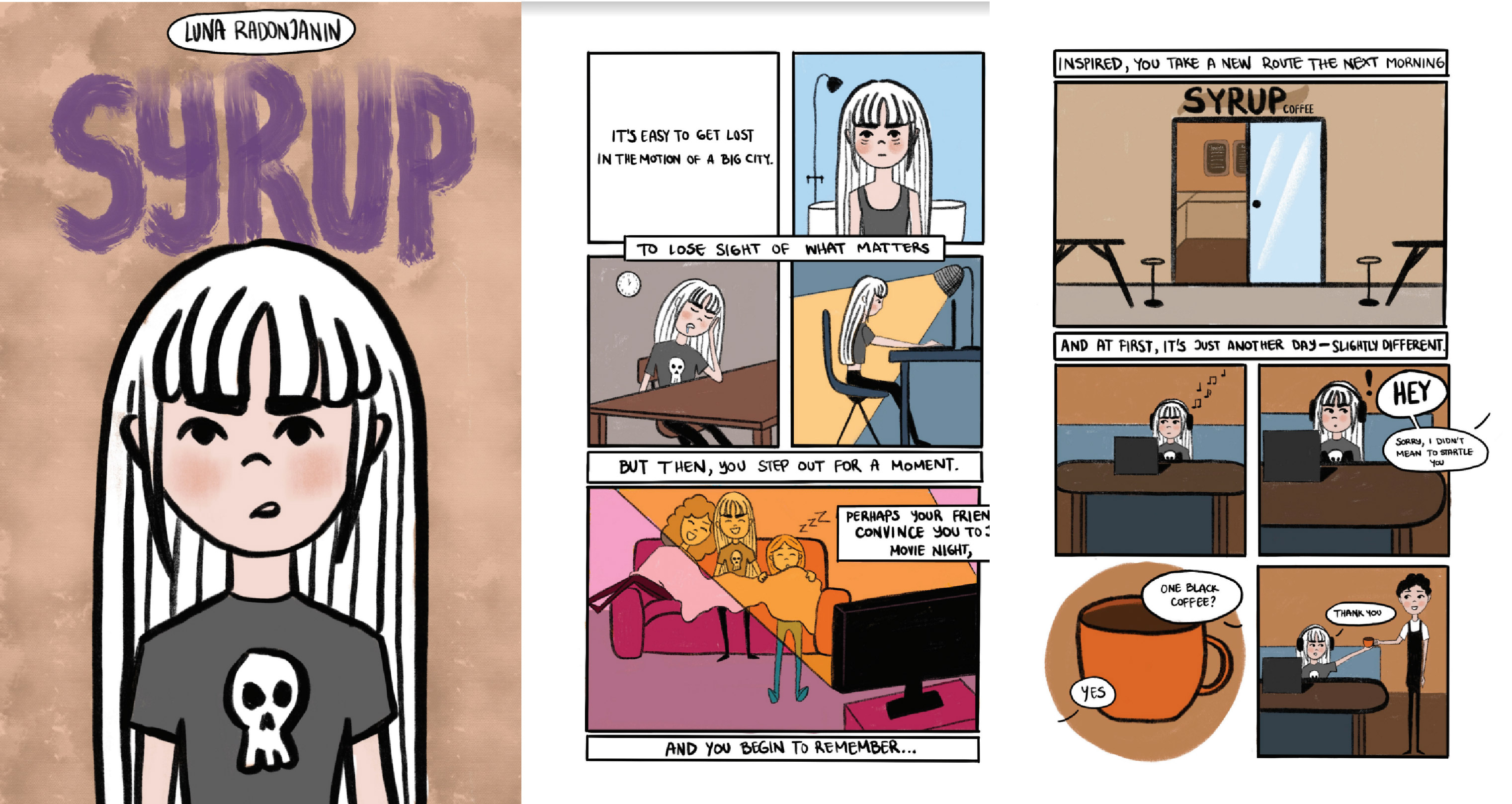
“We’re able to upgrade our drawing skills, and ultimately our work because this course really focuses on the fundamentals of graphic novel creation — from character anatomy and the choice of color to framing and style. We really focus on each part that makes up a comic and end up with a much better understanding of how to convey our ideas and stories through the graphic novel medium.”
- Luna Radonjanin ’23
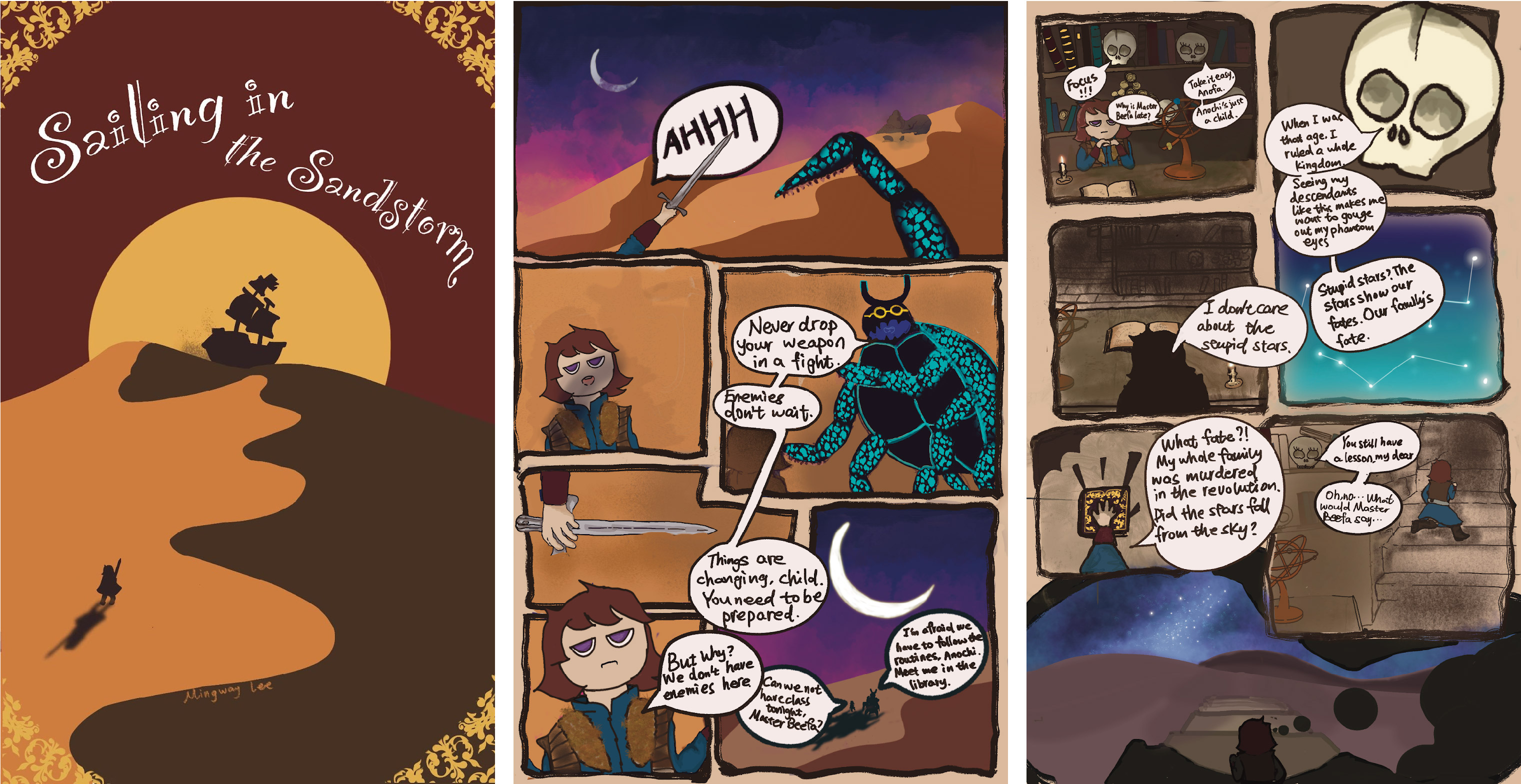
"It’s very practical, there’s a lot of hands-on work. The workload is a lot but it makes me realize I might be suitable for this [professional] path."
- Mingway Lee ’25

